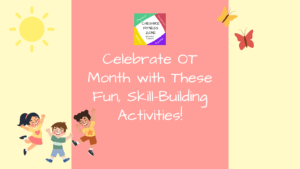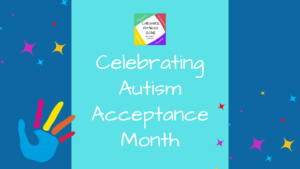Children are remarkably resilient, but sometimes the effects of brain injury can leave them with lifelong weakness in one side of the body called Hemiplegia. When children experience damage to the brain, muscle movements and strength can be greatly effected as well. In infants and toddlers, diagnosing this problem can be difficult because of the lack of developmental milestones. And since the brain is a complex organ, symptoms can differ from child to child and based on type of injury to the brain.
Know the Signs of Hemiplegia
In their younger years, the fact that your child is developing can decrease your ability to notice a problem. An infant may favor one side of the body by using their stronger arm more frequently during play, but before age three, this is not a sign of hand dominance as most parents assume. When your children can’t verbally tell you, what is wrong, it is important to be able to identify signs of a problem as their advocate. First note that the opposite side of the body is affected when there is an injury to the brain. Therefore, if you child experiences an injury to the right side of their brain, it will materialize to weakness in the left side of their body. Here are some other important symptoms to look for if you child has experienced a brain injury:
- Stiffness or weakness in the muscles on one sign of the body
- Keeping one hand in a fist
- Difficulty walking based on age appropriate development
- Frequent loss of balance
- Problems with precision in fine motor skills such as writing or using scissors
- Delay in age appropriate developmental milestones
Other Ways Brain Injury Can Affect Your Child’s Brain
In addition to being diagnosed with Hemiplegia, your child can experience a variety of obstacles as they develop through the years.
- Having an injury to the brain or having various types of chronic illnesses can affect a child’s ability to learn new information and store learned information.
- Children with brain injuries are easily distracted. They frequently have trouble focusing and an increased awareness to noises that others might not notice. As they get older, planning and organizing tasks can also be a weak area for them.
- Speech. Your child’s speech might be lacking or slow to develop. Often children with brain injury have difficulty talking or understanding communication. Social communication can be affected as well. Shifting topics, interpreting social cues, and organizing ideas and rules can all be difficult tasks for your child to perform.
- Behavior. Aggression, irritability, mood swings, hyper activity, and emotional and behavioral outburst can all affect your child as well. Children often experience frustration as they try to navigate through life. Effects to sensory skills such as vision, hearing, and coordination can cause a feeling of pressure as children get older.
How Can Therapy Help?
The effects of Hemiplegia are not progressive, although growth spurts can cause muscle spasticity for a period. Through weight bearing and strengthening exercises in physical therapy, muscle tone can be increased and atrophy can be prevented. Physical therapists will also determine if your child needs orthotics, braces, or splints, and can properly provide them with the equipment they need. Improving balance and strength can be a great help to your child. Occupational therapy is also a great service to help with normal life skills like tying shoes and picking up items. Additionally, speech therapy can help with issues that affect the memory and the brain’s ability to gather and utilize information. Ask your child’s therapist or doctor about the following services, in addition to the ones mentioned, to provide them the most resources to make their lives easier:
- Hand play to redirect excess muscle tone in the hand and wrist
- Constraint Induced Movement Therapy
- Hand-Arm Domanial Intensive Therapy
- Sensory Integration
Although watching your child experience struggles can be very bothersome to parents, the resources available for their success can easily reduce the effects of hemiplegia. Be sure to ask your pediatrician or specialist if a therapy evaluation would be helpful and appropriate for your child.



